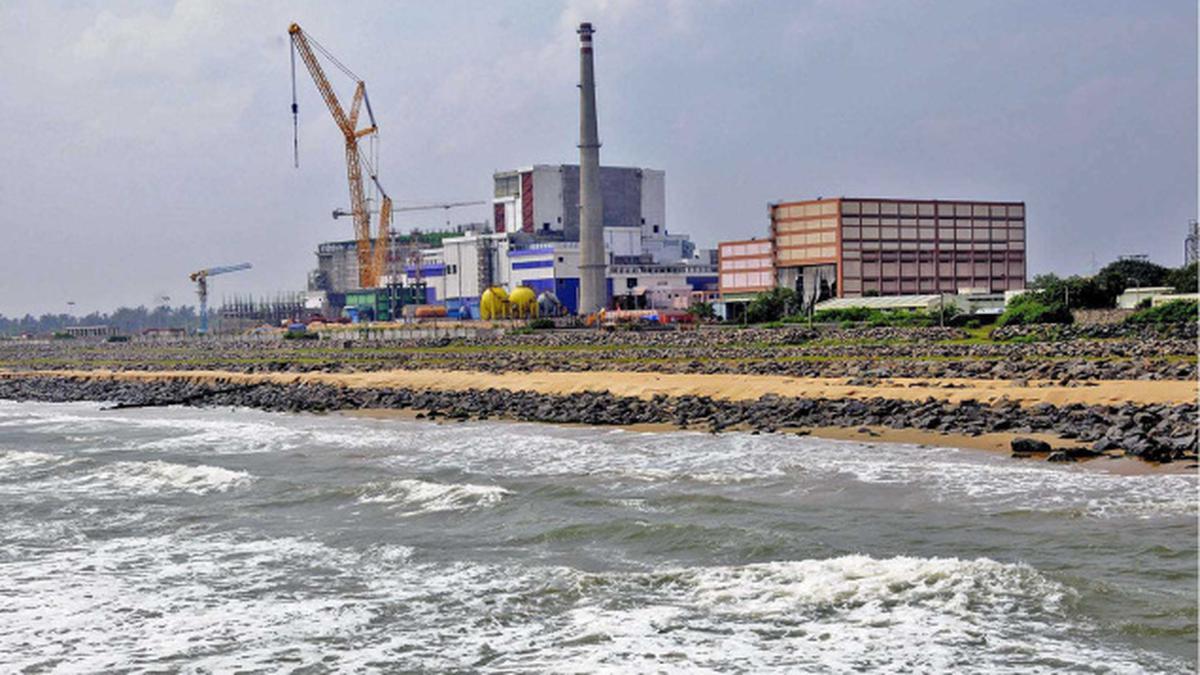
Is India finally entering stage II of its nuclear programme? | Explained Premium
The Hindu
Prime Minister Modi marks historic milestone in India's nuclear power program with core-loading of indigenous prototype fast breeder reactor.
On March 4, Prime Minister Narendra Modi witnessed the start of the process of core-loading the indigenous prototype fast breeder reactor (PFBR) at the Madras Atomic Power Station in Kalpakkam, Tamil Nadu. A statement from his office called the occasion “a historic milestone in India’s nuclear power programme”.
The PFBR is a machine that produces more nuclear fuel than it consumes. Its core-loading event is being hailed as a “milestone” because the operationalisation of the PFBR will mark the start of stage II of India’s three-stage nuclear power programme.
In the first, India used pressurised heavy water reactors (PHWRs) and natural uranium-238 (U-238), which contains minuscule amounts of U-235, as the fissile material.
In nuclear fission, the nucleus of an atom absorbs a neutron, destabilises, and breaks into two while releasing some energy. If the destabilised nucleus releases more neutrons, the reactor’s facilities will attempt to use them to instigate more fission reactions.
The heavy water in PHWR – water molecules containing the deuterium isotope of hydrogen – slows neutrons released by one fission reaction enough to be captured by other U-238 and U-235 nuclei and cause new fission. The heavy water is pressurised to keep it from boiling. The reactions produce plutonium-239 (Pu-239) and energy.
Only U-235, not U-238, can sustain a chain reaction but it is consumed fully in stage I. In stage II, India will use Pu-239 together with U-238 in the PFBR to produce energy, U-233, and more Pu-239. The Department of Atomic Energy (DAE) set up a special-purpose vehicle in 2003 called Bharatiya Nabhikiya Vidyut Nigam, Ltd. (BHAVINI) to implement stage II.
In stage III, Pu-239 will be combined with thorium-232 (Th-232) in reactors to produce energy and U-233. Homi J. Bhabha designed the three-stage programme because India hosts roughly a quarter of the world’s thorium. The three stages are expected to allow the country complete self-sufficiency in nuclear energy.













